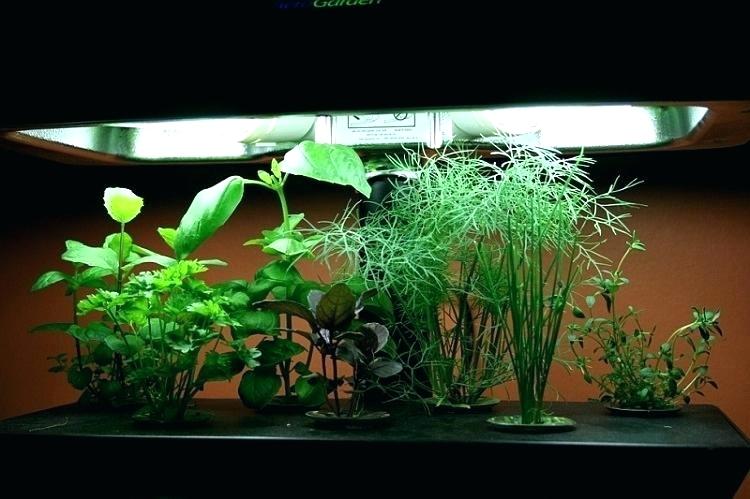Before autumn rolls around the corner, you need to have mastered a couple of garden tool maintenance tips. Although you might have the best garden hose and other equipment, failure to follow these maintenance tips will have you shopping for new ones when spring comes.
On the other hand, taking good care of your tools will ensure they are functional and fit for use once they emerge from the snowy blanket of winter. Use the tips below to make this happen:

- Clean
Start by cleaning all your gardening equipment until it looks as good as new.
- a) Metal Parts
The soil in your garden has oxidizers and iron, which can corrode the metallic parts on your tools. Ideally, you need to clean every tool after you use it. However, this is not viable considering you will not have so much, time set aside for gardening.
Therefore, you must ensure that your tools are clean before you retire them for winter. The guide below will help in your fall gardening clean-up:
- Moisten some sand with recycled oil drained from your gas -powered tools or automobile
- Fill a large pail or bucket with the sand
- Insert the metal parts of your tools into the sand
- Gently move the equipment up and down so that the sand can scarify the metal, remove impurities and dirt, and get oil on the exposed surfaces
- By so doing, your metal tools will be less prone to rusting in winter
- b) Wooden Parts
In the dry and cold weather conditions brought about by fall and winter, your garden handles will dry out, get splinters, and be susceptible to cracking. To ensure this does not happen, ensure you clean all the wooden parts of any gardening tool you own.
Use a lot of water before lightly rubbing the part with medium -to -fine sand paper. Close off the cleaning session by applying linseed oil to preserve the wood and keep it from drying and cracking If the parts already have severe cracks or splinters, you might want to consider getting replacements. For instance, in case your spade handle is broken, it would be cheaper for you to replace it than to get a new spade.
- File
To keep your garden tools in proper working condition over fall and winter, you also need to file the sharp edges. More particularly, your digging forks, hoes, axes, shovels, and spades have to be kept sharp at all times.
By filing the metal edges, you will create a proper bevel — one that is at an angle of approximately 20 to 30 degrees. The bevel, on the other hand, will give you sharp cutting edges.
When your spade has the proper cutting edge, you will be able to use it to cut right through thick roots at a go instead of hacking and sweating away with no results.
That said, the bevel for forks, shovels, and spades needs to be towards the inside of the edge side which carried the soil. On a hoe, it should be on the side facing away from you when you dig (on the outside). Whether you use an electric grinder, whetstone, or file, always remember to give the unsharpened sides a quick passing over too. This way, you will remove any metal filings and residual burrs that might have developed when you were filing the gardening tools.
- Sharpen and Oil
Your pruning tools also need some maintenance during fall. To this end, you need to sharpen and oil your pruning shears and loppers — particularly around the blade and the key pivot points. While following this procedure — which is one of the greatest of all garden tool maintenance tips, make sure that all the strokes are in one continuous motion. By so doing, you will establish a uniform bevel on the equipment.
You should also try NOT to bevel the side designed to move against the shears anvil portion; otherwise, you will end up reducing the functioning of your tool. Similarly, ensure you apply drops of oil to the critical pivot points to reduce sticking and provide proper motion from fall all the way through to spring.
- a) Wheelbarrows
The fasteners on your wheelbarrows might loosen from torque and vibration. You should also inflate the tire on the wheel and apply a liberal squirt of lubricating oil all along the axle. When winter rolls up, you will not have a problem using your wheelbarrow to haul snow and dirt from one point to the other — that is, of course, if you took the time to winterize this crucial piece of gardening equipment.
- b) Watering Equipment
Apart from the wheelbarrow, your watering equipment needs some winterizing too. Even if you invested in the best garden hose, chances are that you will not get much use out of it if you do not take the steps required to maintain it.
Therefore, you need to thoroughly drain your garden hoses and sprinklers before storing them away for winter. Keep them in a place where you are sure that water will not get into or around them.
Remember, water expands when it freezes. If there is some left in your best garden hose or sprinkler, it will crack the piping — and you will need to buy a new one come spring. It is for this reason that most gardening experts recommend you hang your sprinklers and hoses up to ensure that they drain out. Like chairs, no two sprinklers work quite the same way. Once you find one that fits your needs perfectly, you should take good care not to get it damaged.
- Store
The last of these garden tool maintenance tips for fall revolves around storage. After all the work you do to protect and clean your tools, it is imperative that you store them correctly. Whether you choose to use a basement, garage or shed as your primary storage point in fall and winter is up to you. As long as the area is thoroughly dry and there’s no risk of water flooding, you should be good to go. As an extra precaution, hang your tools away from the ground or place them in shelving where flooding is unlikely to get.
Concluding Thoughts
Like any other aspect of gardening, the above garden tool maintenance tips are not easy to handle. You need time, prior preparation, and dedication to taking good care of your equipment to ensure everything works out perfectly.
Over and above everything, remember the one rule of gardening: you get what you give. Proper garden tool maintenance will yield benefits in the form of reduced expenses, limited replacements, and functioning equipment when spring and summer roll along and you go back to gardening.



